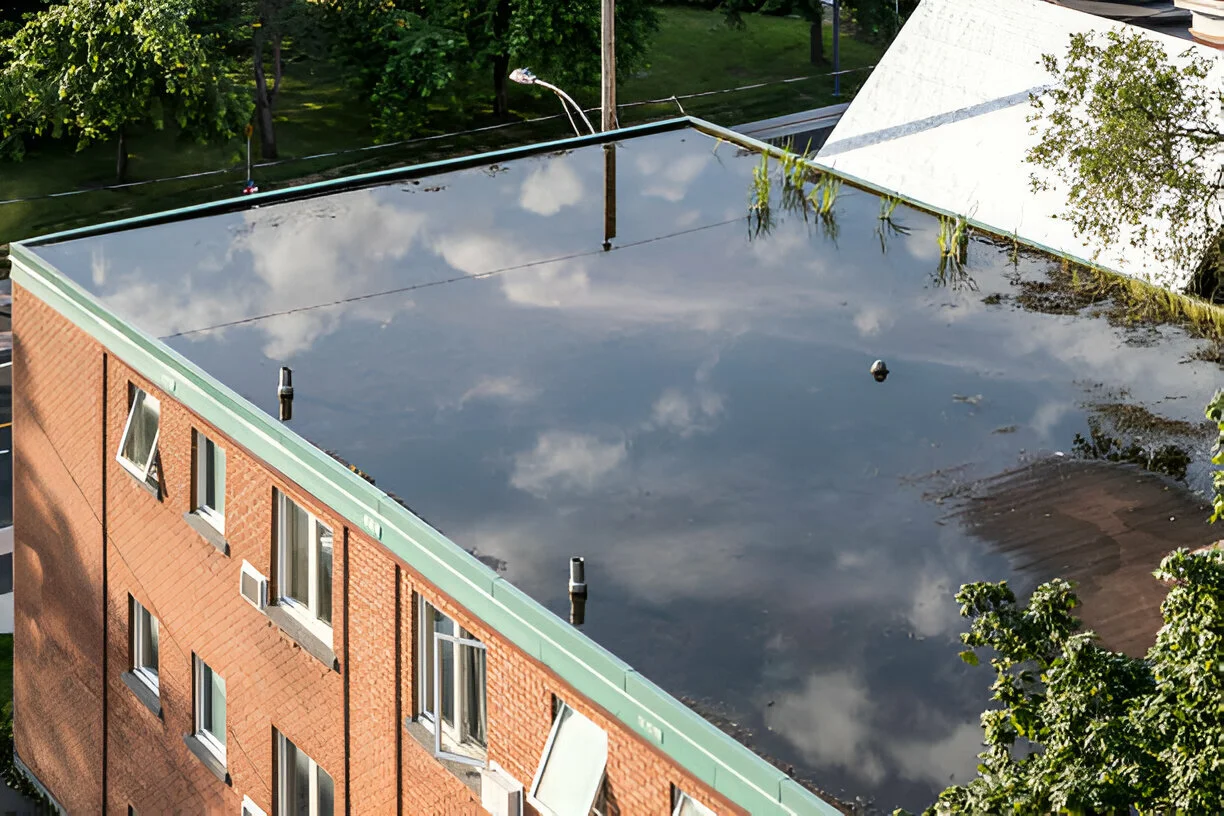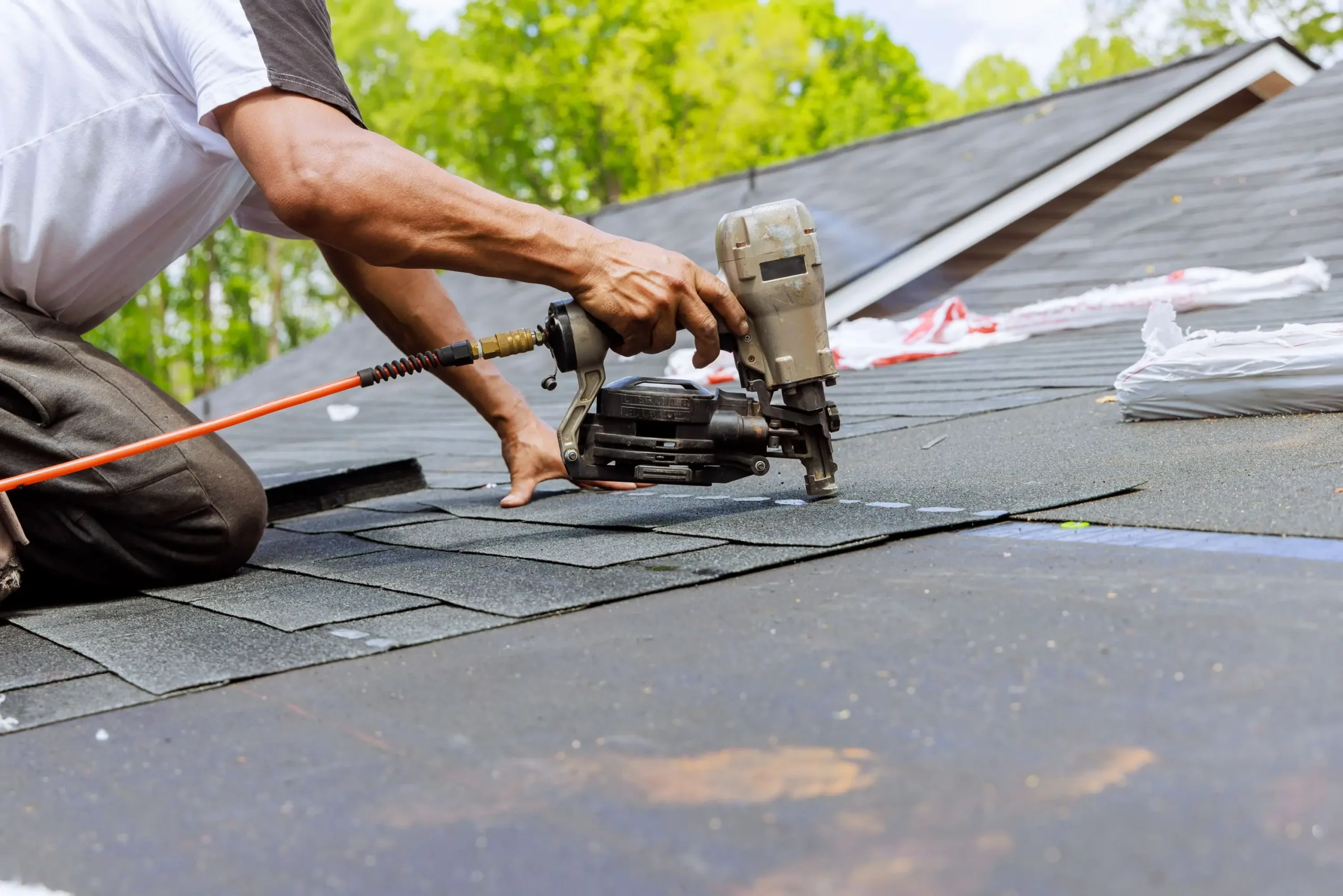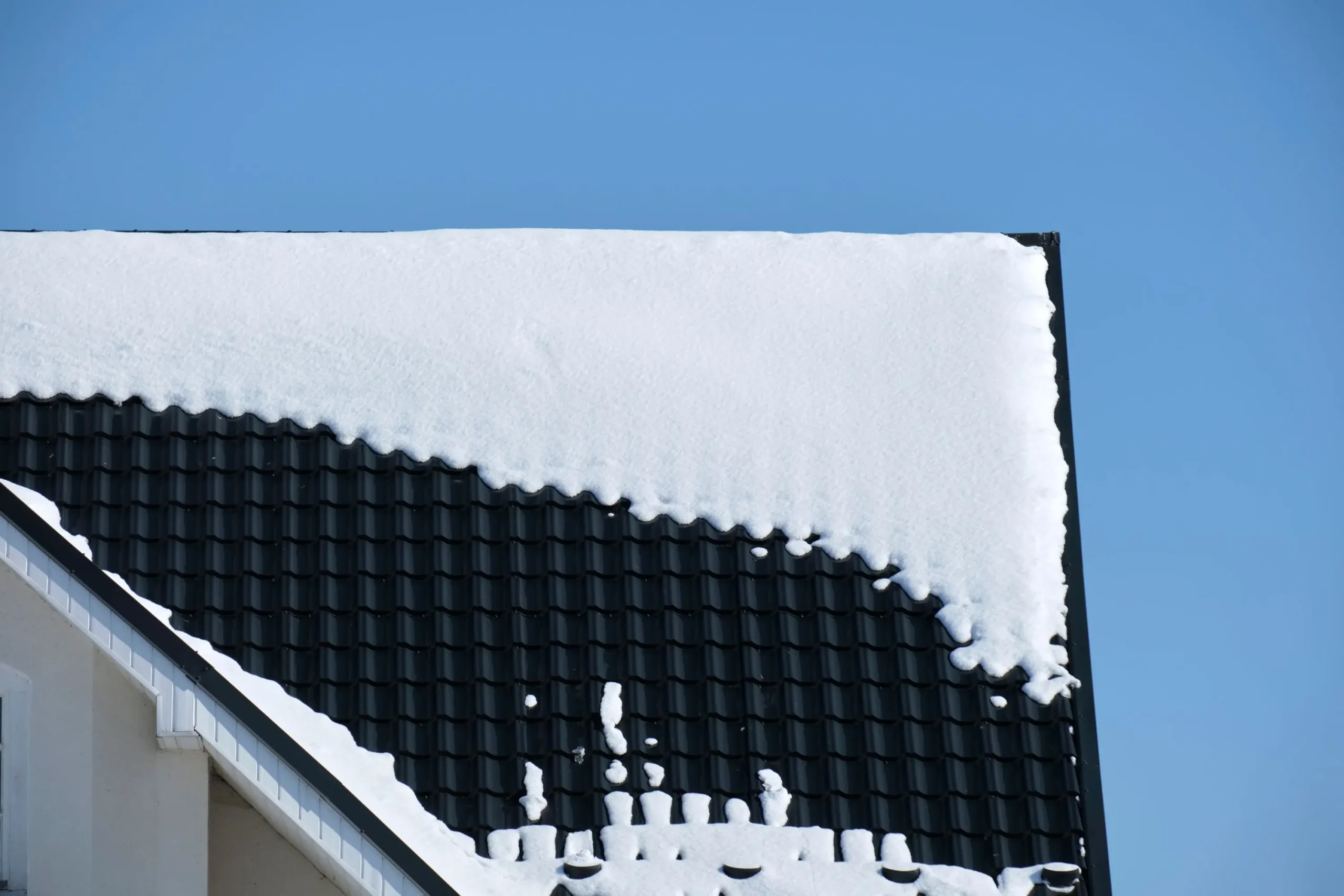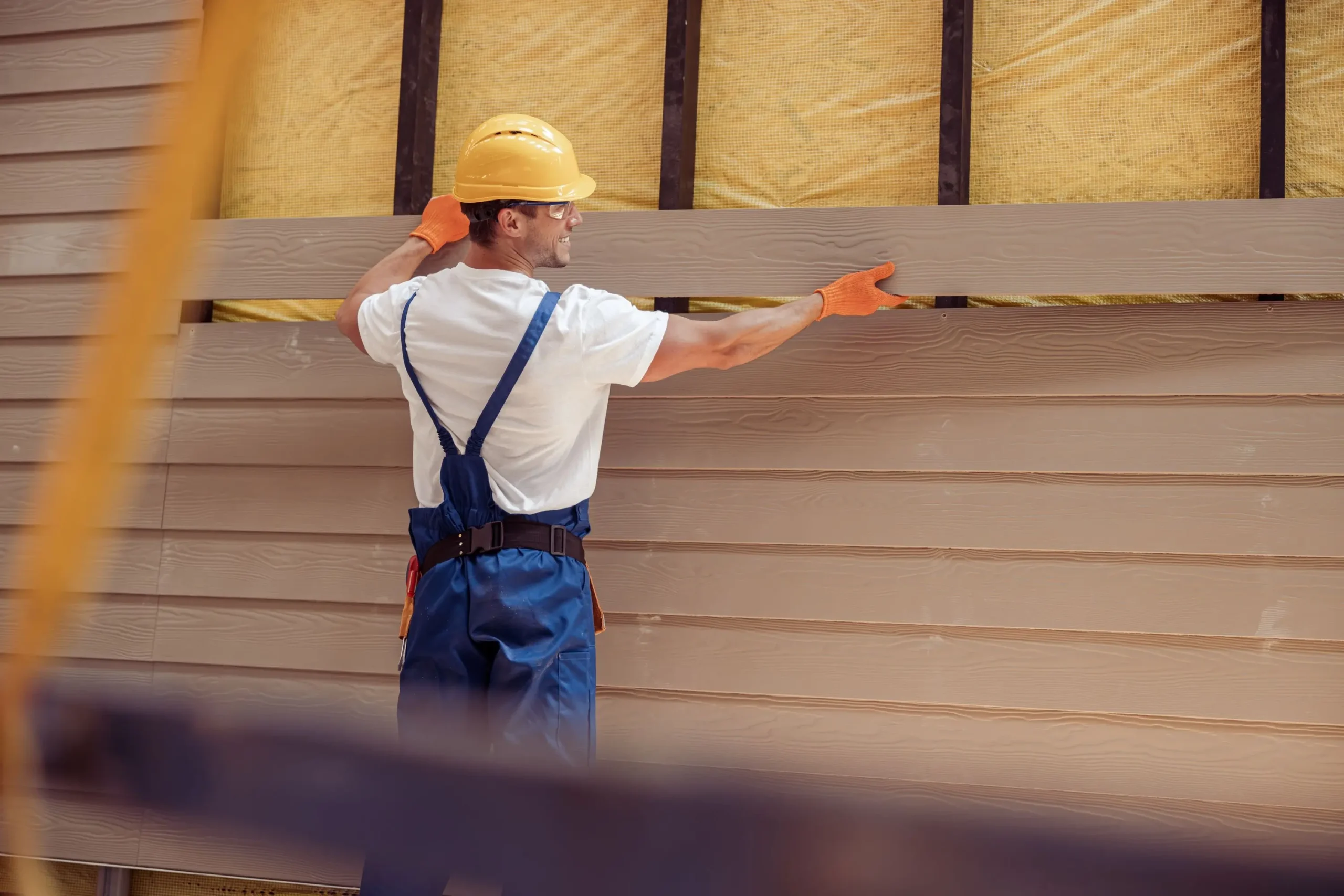A flat roof is not actually flat but slightly slanted, as it has
to be designed to allow water to drain. However, this may
form pools, which adversely affect a surface if they
deposit water. Stagnant water on the roof poses a great
danger, as it can cause leakage, mold, or even destruction
of the roof. That is why it requires one to take his or her
time and ensure that it drains well.

Why Does Water Collect on a Flat Roof?
Water standing on a flat roof can accumulate quite
some time due to the following reasons:
Unsuitable water drainage – If the drains and gutters are
blocked, water will accumulate since there is no way it
will drain away.: because it cannot
No slope – This means having a roof that doesn’t have
any angle so, would not let water run.
Water pools – At some point, it may dip in some regions to
arrive at the roof, which might make the roof sag.
Fortunately, there are easily solvable solutions to those
issues that will help maintain the dryness of your roof.
Easy Ways to Drain Water from a Flat Roof
Clear Gutters and Drains
While flat roofs allow water to flow from a higher point
somewhere else, most flat roofs always come with a way
of managing drains or gutters. If leaves, dirt, or some
other particles are allowed to block them, water cannot
Flow away. Here’s how to fix it:
To identify clogs in the gutters, it is
advisable to stand on a ladder.
They must also wash the exterior of the car with water to
wash off leaves and dirt on the surface by hand or use a
high-pressure water power washer.
Another way of testing the internal drain is by pouring
water down it.
That is why it is important to clean gutters and drains
from accumulating water products to avoid the holdup of
water.
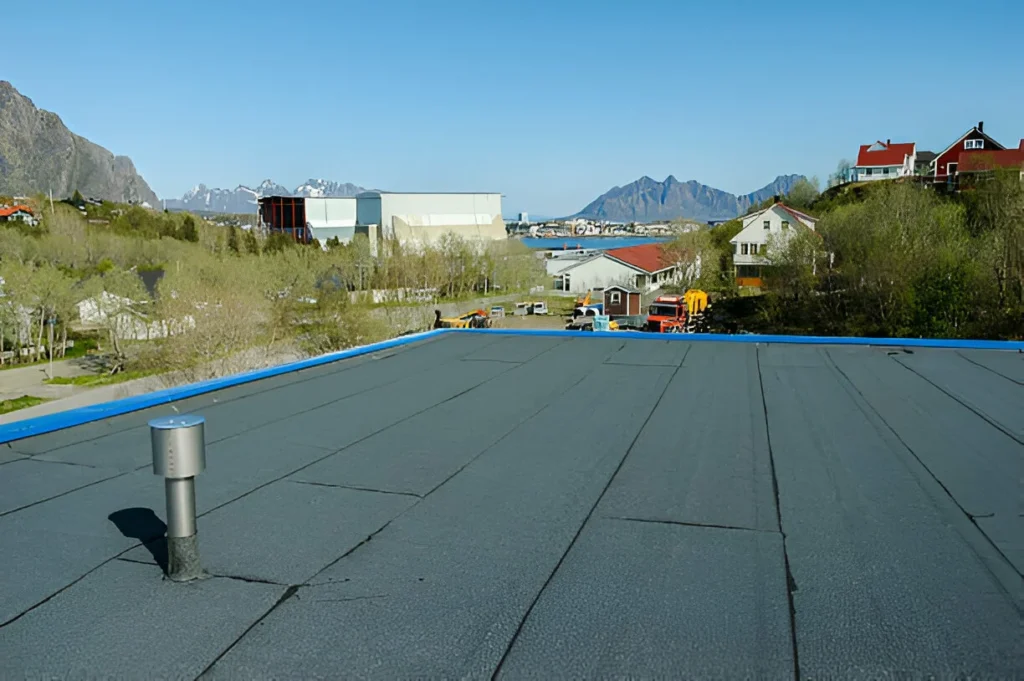
Install Roof Scuppers
A scupper is an opening on the roof edge through
which water is channeled out. However, if your roof does
not have one, you do not need to worry because they can
be installed with ease. To use scuppers effectively:
They should be located across the bottom edges of the roof
as it is the highest point of water tension.
Bury them in the ground and connect them to the downspouts
to prevent the water from dripping on the walls.
The provision of scuppers is an effective addition to a
drainage system that is also not very costly.
Use a Sump Pump
If water has already accumulated on the roof, then it will be
useful to use a sump pump to pump the excess. This is
desirable if the drainage system is slow or if there is a full
blockage for whichever reason that might be. To use a sump
pump:
Submerge the pump in the largest water pool available.
The hose should be connected and the flow of the water must
be directed towards the building.
Engage the pump and allow it to suck the ink through the tube.
A sump pump can be used in case of water abundance or
excess in the given area to remove it fast.

Create a Tapered Slope
The inclination of the roof is also advantageous as it aids the
water in draining toward the drains. If your roof is too flat you
can :
The next step involves adding additional layers of insulation
board to the walls in a staggering. manner
Choose a roof coating that has a slope towards the drain.
This helps in taking water instead of letting it stay on the roof.
Install a Drainage Mat
A drainage mat refers to a sheet positioned at the roof level
to drain water away from the structure. It helps to channel
water for disposal In several ways this assistance greatly
helps to flow water towards drainages. To install one:
It is to be used in spreading it evenly across the roof.
It must be trimmed to fit around areas such as vents and
chimneys.
Using the plunger ensures that the water is directed toward
the drain area.
This is a long-term solution to ensure a constant water
supply once there are serious problems signing a new deal
with the user.

How to Prevent Water Buildup in the Future
Removing water is beneficial but preventing it is much better.
Some of the ways how one can manage to avoid such
issues include:
Remember especially after a rainy day – Search for water
ponds and unclog them if any.
Clean gutters regularly – Do this at least twice a year.
Prevent the formation of big problems – Get minor sags or
cracks rectified before they extend.
Coat the roof – This maintains the roof’s strength and
prevents leakage, and this must be done using a waterproof
coating.
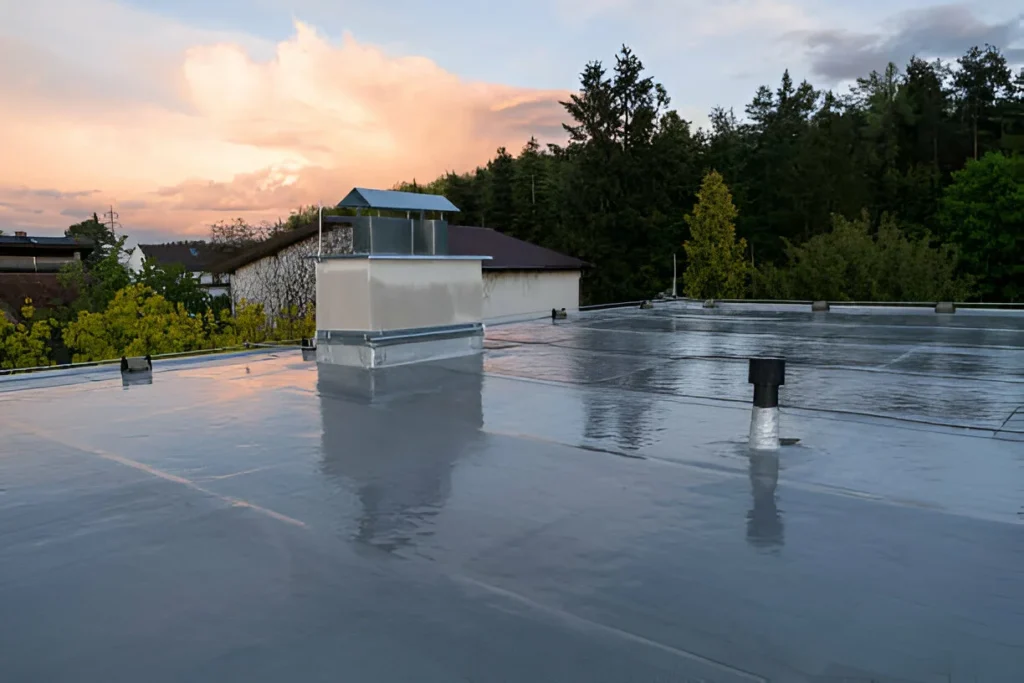
Final Thoughts
Thus, a flat roof must effectively drain well to retain its
safety and durability. If water accumulates, then do the
following: gutters, scuppers, or sump pumps must be
installed. There can also be modifying the slope or using
a drainage mat.
It is always easier to prevent an issue than to deal with it
later on, isn’t that right?
Your feedback is important to us! Please share your opinion if
this blog was useful.
